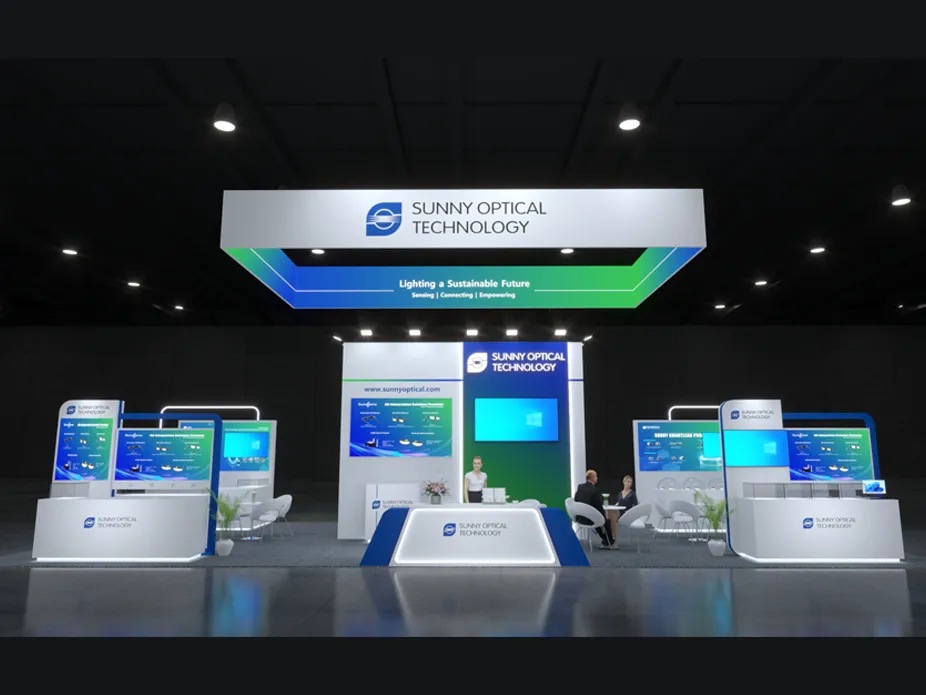With the optimization and upgrading of automotive lens technology, the anti-shock, wear-resistant, high-temperature-resistant, and low-temperature-resistant capabilities of automotive lenses have gradually improved, and the image quality is more clear.
In order to control the stray light caused by front glare such as headlights, maintain the stability of optical imaging under extreme temperatures or short-term rapid temperature changes, effectively capture and distinguish object details, in addition to improving algorithms from software, automotive camera lens manufacturers are also actively promoting the overall technological progress of vehicle lens products through improved coating processes, increased technical parameters, and the addition of conductive heating film outside the lenses.
The resolution of an automotive camera lens determines the clarity of the image. With the increasing demand of ADAS functions for sensing distance, cameras with more refined sensing content and higher resolution are the trend.
For mainstream new energy vehicle companies, lenses from 1.2 million to 2 million pixels are no longer sufficient, and the industry is upgrading to 8 million pixels.
Vehicle lenses require high durability and thermal stability. Car DVR lenses can be made of glass or plastic. Glass lenses have higher durability and scratch resistance, as well as good temperature performance, so they are used more in high-end products. Plastic lenses are cheaper but have poor imaging effects and are easy to deform in harsh automotive environments, affecting image quality.
Currently, considering cost and performance, major manufacturers of automotive lenses are gradually using glass-plastic mixed lenses, while some high-end lenses adopt a full glass solution.
Comparison of performance of plastic and glass lenses:
Plastic lens:
Advantages: light weight, low cost, low process difficulty, suitable for mass production;
Disadvantages: slightly lower light transmission rate, poor heat resistance, high coefficient of thermal expansion, poor wear resistance, low mechanical strength, etc.
Glass lens:
Advantages: excellent performance, high light transmission rate;
Disadvantages: mainly difficult to mass produce, low yield rate, high cost.
Spherical lenses can cause aberration problems, which means that light entering the lens from the center is not focused on the same point as light entering the edge of the lens, resulting in blurry images. Spherical lenses require a combination of multiple lenses to reduce aberrations.
Aspherical lenses are made up of a combination of spherical and non-planar surfaces. By changing the curvature of the lenses, the light can be focused on a fixed focal point, solving the aberration problem, and only one lens is needed to achieve this. Therefore, aspherical lenses have the advantages of miniaturization, light weight, and good imaging effects, making them the best solution for high-resolution automotive lenses.
Plastic aspherical lenses are produced by injection molding, while glass aspherical lenses are made of high-quality optical glass using precision-controlled hot forming technology.

【Exhibition Invitation】Visit us at CES 2026!
2025-12-10

Sunny Optical Gets Group LiDAR Standard Approved, Using Innovative Optical Solutions to Unlock Key Step in Mass Production
2025-11-25
![[Exhibition Invitation] Sunny Automotive Optech Invites You to the 26th China International Optoelectronic Exposition (CIOE 2025) [Exhibition Invitation] Sunny Automotive Optech Invites You to the 26th China International Optoelectronic Exposition (CIOE 2025)](/uploads/image/20250908/首图7.webp)
[Exhibition Invitation] Sunny Automotive Optech Invites You to the 26th China International Optoelectronic Exposition (CIOE 2025)
2025-09-08

Inquiry
Excellent Customer Service Ability
Key customer manager mechanism
Oversea supporting points
Excellent Process Control Ability
Fully automated production
DMC traceability management
VDA6.3 / IATF16949 verifications
Excellent R&D Ability
Advanced technology new product development cooperation
Cost-effective optical solution proposal based on customer needs
Ecosystem resource integration